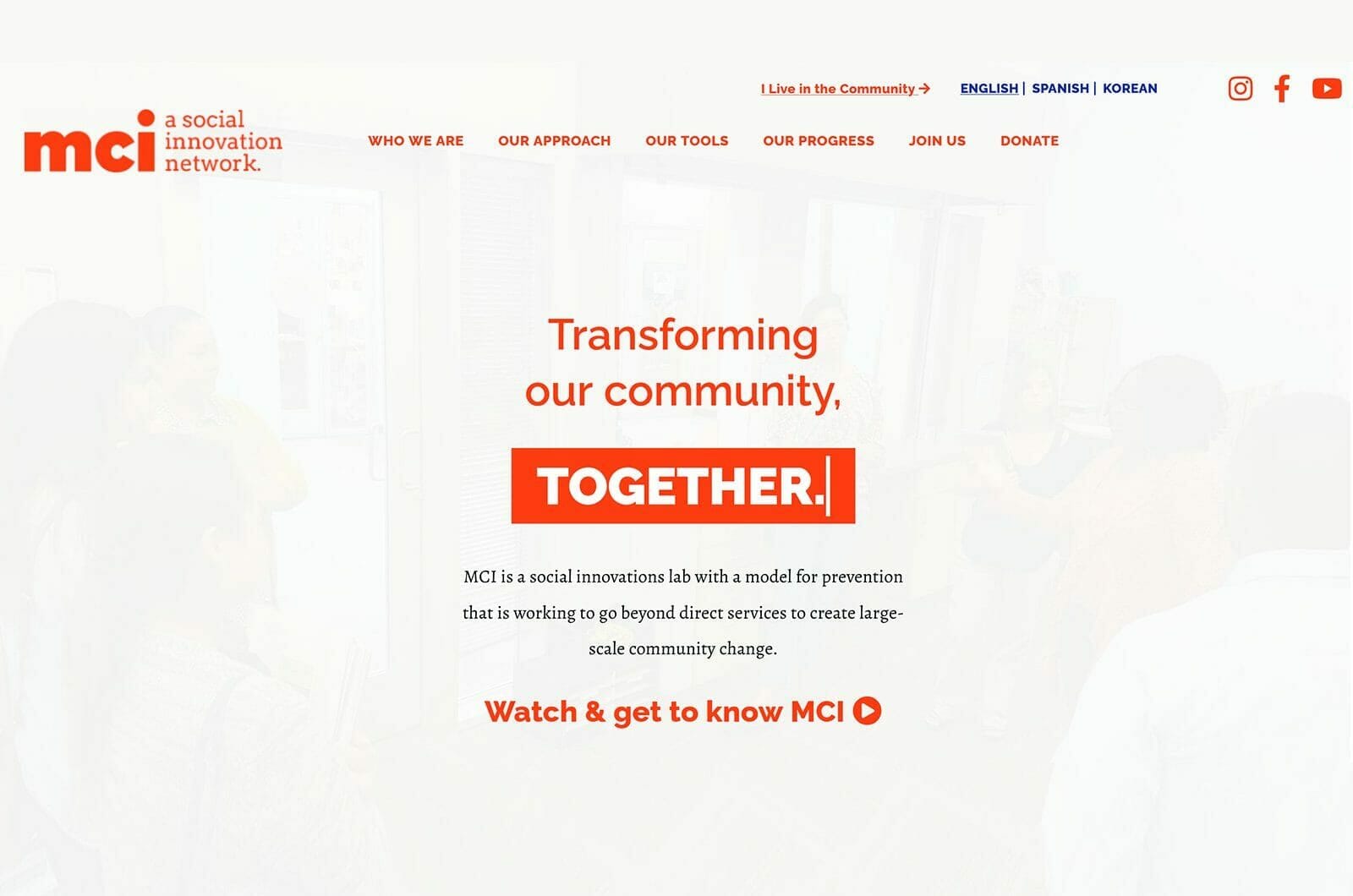27 Jan ‘20
10 Key eLearning Instructional Design Tips for Successful eLearning
27 Jan ‘20
In: Custom eLearning Solutions, / By: Ripe Media
Research predicts the worldwide eLearning market could reach 243 billion dollars by 2022. That’s a clear sign of how technology changes the way people teach and learn.
Today, students and teachers interact via online courses. Corporations can train employees located around the world. Anyone can learn new languages and skills from home.
The demand for eLearning platforms provides opportunities for designers. Its vital designers understand how design impacts the effectiveness of every course.
Keep reading for 10 eLearning instructional design tips. Use the tips to take your course creation skills to the next level.
1. Sharpen Your Communication Skills
Strong communication skills are more important than your design expertise. Design skills don’t matter if you don’t deliver what the customer wants.
Good communication prevents and resolves problems. Can you tell clients an idea won’t work in a way that doesn’t offend anyone? Are you capable of explaining design methods so people comprehend them?
If you struggle with communicating ideas, ask questions and clarify the answers. You can’t meet client expectations if you don’t understand the goal.
Don’t rely on industry terms when communicating with clients. Always explain acronyms and design jargon.
Make an effort to engage with clients and team members so everyone understands the goal. Good communication results in successful projects.
2. Intuitive Navigation
Intuitive navigation covers every part of the course design. Your goal is to help learners get through the course with ease.
Make navigation easy to see and understand. Don’t hide icons in blocks of text or images.
If the course is hard to understand, create a tutorial to explain how it works. Make a short video that illustrates logging in and accessing the course.
Never assume someone taking an eLearning course is tech-savvy. Many first-time users need help.
Design the page so the learner expects the next step. Offer encouragement and validation as the learner accomplishes each lesson.
3. Build Distraction-free Templates
Good design doesn’t mean decoration. Keep the pages clean and clutter-free.
After your initial design, delete graphics, text, and decorations that aren’t essential. Extra elements distract and confuse the learner.
The ideal eLearning template encourages people to focus on the course content.
Aim for a distraction-free template that guides people through the course.
4. Embrace White Space
You don’t need to fill every space on a page. Instead, use white space to provide emphasis and clarity.
Any unmarked space between objects, headers, text, and images is white space.
Think about a page overcrowded with information. Viewers don’t know where to look or what to read first.
White space is also called negative space. It doesn’t have to be white. You can use colors, patterns, and background images for negative.
5. Don’t Crowd the Content
Don’t cramp all the content together. If there’s a lot of information to cover, spread it over several slides or pages.
Separate different points and lessons to make it easy for learners to understand. An uncrowded layout elevates the look and appeal of the course.
Every design element plays a role in keeping the reader focused.
The layout must motivate the learner to continue the lesson. Extra colors, fonts, and graphics distract them from the lesson.
6. Use Images to Convey Information
Graphics and photographs can clarify an idea and reinforce the lesson. Use meaningful images to add emotion.
Use your creativity to mix up the layout. Try images instead of bullet points to explain important points.
Use photographs that convey the exact lesson. Don’t use random images or you’ll confuse the reader.
If you can’t afford to hire a photographer, consider professional stock photography.
7. Add Color with Care
Color is a vital part of any design. It evokes a response that can help or hinder your message.
Consider readability when choosing your color palette. A soft, subtle background with dark text is easy to read.
Pick up to three colors for your design. This gives you options to create appealing pages. Too many colors make the design chaotic.
Different colors evoke different reactions. Research colors to find the right combination for your topic.
8. Be Consistent
Consistent design captivates readers and motivates them to finish the course. Use the same color palette and fonts throughout the lesson.
Inexperienced designers often use different themes or patterns in a single lesson. Mismatched designs are jarring to the learner. They may think they missed part of the lesson.
Use colors and elements the same way throughout the lesson. Consistent design helps students comprehend the lesson. Inconsistent design distracts and confuses people.
9. Grow Your Design Skills
Challenge yourself to continue learning. Improve your basic design skills with advanced study.
Hone your design skills as you work to master industry software and apps. Keep your software up-to-date.
Practice by creating sample eLearning courses. Ask your friends or colleagues to test and critique your prototypes. Consider all the feedback you receive.
Continuing education and practice are the best way to improve design skills.
10. Watch Design Trends
Design evolves at a fast pace. Staying current via social and traditional media is part of every designer’s job.
You must understand what your target audience wants. Young learners value Instagram, while older learners use Facebook. Seniors may prefer an email course.
Trends change fast. Study websites and resources for design professionals to track the latest trends. If you don’t stay current, your course may appear out-of-date.
Learn what’s popular from your competition, fellow designers, friends, coworkers, and clients.
Try these eLearning Instructional Design Tips on Your Next Project
Designing an eLearning course isn’t easy for recent graduates or seasoned designers.
Follow these eLearning Instructional Design tips to stay ahead of the competition. Watch for new trends to prevent stale designs.
Contact us if you need advice on a custom eLearning course. We’re ready to help you create an effective teaching solution for your business.
Check out our blog for more creative design and marketing ideas.
Research predicts the worldwide eLearning market could reach 243 billion dollars by 2022. That’s a clear sign of how technology changes the way people teach and learn.
Today, students and teachers interact via online courses. Corporations can train employees located around the world. Anyone can learn new languages and skills from home.
The demand for eLearning platforms provides opportunities for designers. Its vital designers understand how design impacts the effectiveness of every course.
Keep reading for 10 eLearning instructional design tips. Use the tips to take your course creation skills to the next level.
1. Sharpen Your Communication Skills
Strong communication skills are more important than your design expertise. Design skills don’t matter if you don’t deliver what the customer wants.
Good communication prevents and resolves problems. Can you tell clients an idea won’t work in a way that doesn’t offend anyone? Are you capable of explaining design methods so people comprehend them?
If you struggle with communicating ideas, ask questions and clarify the answers. You can’t meet client expectations if you don’t understand the goal.
Don’t rely on industry terms when communicating with clients. Always explain acronyms and design jargon.
Make an effort to engage with clients and team members so everyone understands the goal. Good communication results in successful projects.
2. Intuitive Navigation
Intuitive navigation covers every part of the course design. Your goal is to help learners get through the course with ease.
Make navigation easy to see and understand. Don’t hide icons in blocks of text or images.
If the course is hard to understand, create a tutorial to explain how it works. Make a short video that illustrates logging in and accessing the course.
Never assume someone taking an eLearning course is tech-savvy. Many first-time users need help.
Design the page so the learner expects the next step. Offer encouragement and validation as the learner accomplishes each lesson.
3. Build Distraction-free Templates
Good design doesn’t mean decoration. Keep the pages clean and clutter-free.
After your initial design, delete graphics, text, and decorations that aren’t essential. Extra elements distract and confuse the learner.
The ideal eLearning template encourages people to focus on the course content.
Aim for a distraction-free template that guides people through the course.
4. Embrace White Space
You don’t need to fill every space on a page. Instead, use white space to provide emphasis and clarity.
Any unmarked space between objects, headers, text, and images is white space.
Think about a page overcrowded with information. Viewers don’t know where to look or what to read first.
White space is also called negative space. It doesn’t have to be white. You can use colors, patterns, and background images for negative.
5. Don’t Crowd the Content
Don’t cramp all the content together. If there’s a lot of information to cover, spread it over several slides or pages.
Separate different points and lessons to make it easy for learners to understand. An uncrowded layout elevates the look and appeal of the course.
Every design element plays a role in keeping the reader focused.
The layout must motivate the learner to continue the lesson. Extra colors, fonts, and graphics distract them from the lesson.
6. Use Images to Convey Information
Graphics and photographs can clarify an idea and reinforce the lesson. Use meaningful images to add emotion.
Use your creativity to mix up the layout. Try images instead of bullet points to explain important points.
Use photographs that convey the exact lesson. Don’t use random images or you’ll confuse the reader.
If you can’t afford to hire a photographer, consider professional stock photography.
7. Add Color with Care
Color is a vital part of any design. It evokes a response that can help or hinder your message.
Consider readability when choosing your color palette. A soft, subtle background with dark text is easy to read.
Pick up to three colors for your design. This gives you options to create appealing pages. Too many colors make the design chaotic.
Different colors evoke different reactions. Research colors to find the right combination for your topic.
8. Be Consistent
Consistent design captivates readers and motivates them to finish the course. Use the same color palette and fonts throughout the lesson.
Inexperienced designers often use different themes or patterns in a single lesson. Mismatched designs are jarring to the learner. They may think they missed part of the lesson.
Use colors and elements the same way throughout the lesson. Consistent design helps students comprehend the lesson. Inconsistent design distracts and confuses people.
9. Grow Your Design Skills
Challenge yourself to continue learning. Improve your basic design skills with advanced study.
Hone your design skills as you work to master industry software and apps. Keep your software up-to-date.
Practice by creating sample eLearning courses. Ask your friends or colleagues to test and critique your prototypes. Consider all the feedback you receive.
Continuing education and practice are the best way to improve design skills.
10. Watch Design Trends
Design evolves at a fast pace. Staying current via social and traditional media is part of every designer’s job.
You must understand what your target audience wants. Young learners value Instagram, while older learners use Facebook. Seniors may prefer an email course.
Trends change fast. Study websites and resources for design professionals to track the latest trends. If you don’t stay current, your course may appear out-of-date.
Learn what’s popular from your competition, fellow designers, friends, coworkers, and clients.
Try these eLearning Instructional Design Tips on Your Next Project
Designing an eLearning course isn’t easy for recent graduates or seasoned designers.
Follow these eLearning Instructional Design tips to stay ahead of the competition. Watch for new trends to prevent stale designs.
Contact us if you need advice on a custom eLearning course. We’re ready to help you create an effective teaching solution for your business.
Check out our blog for more creative design and marketing ideas.















